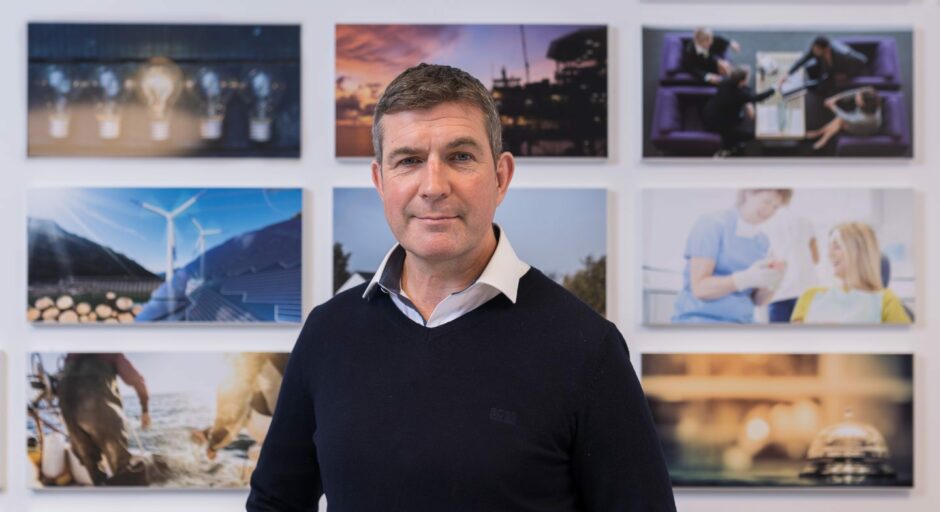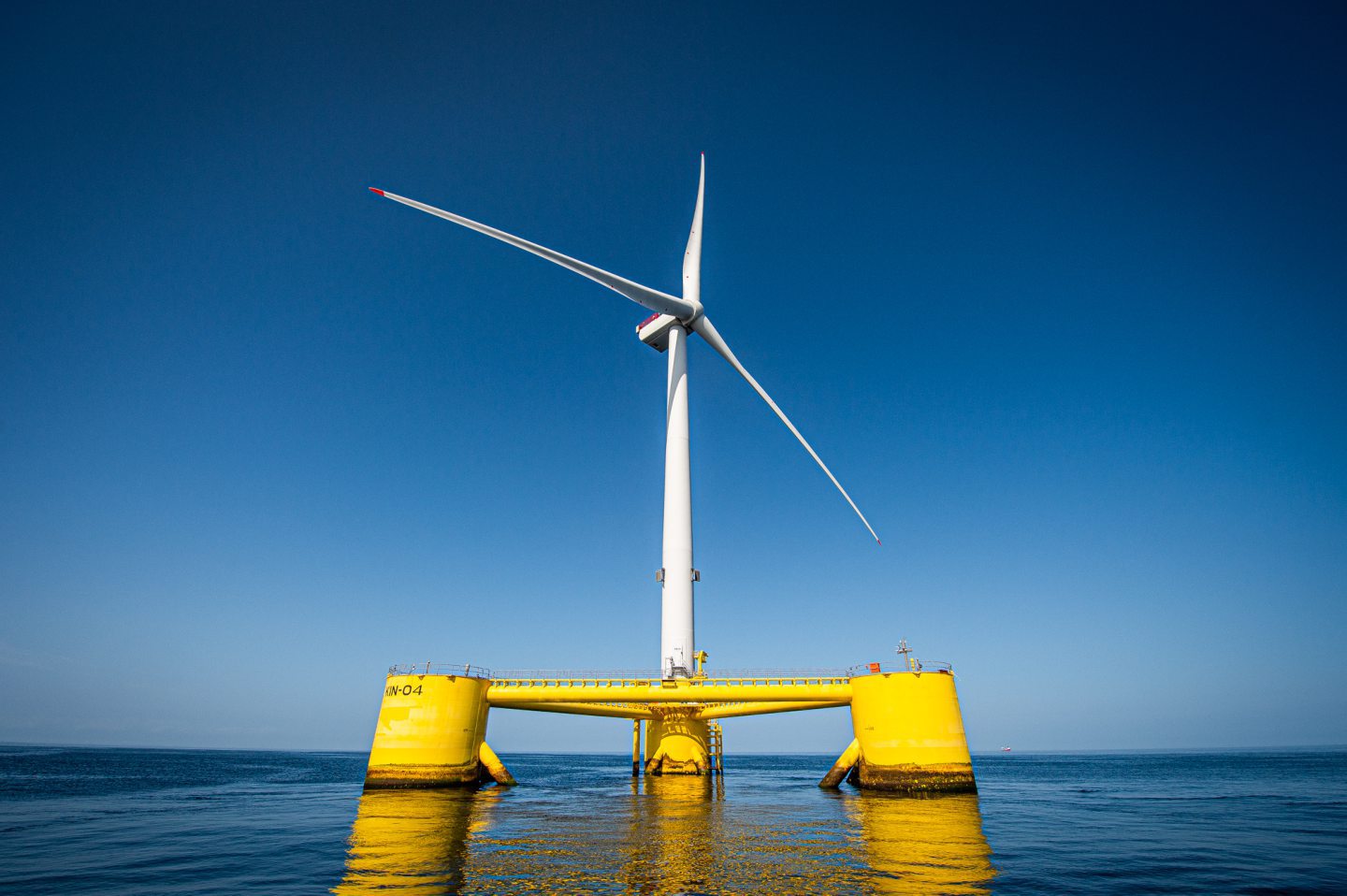
Notwithstanding all the rhetoric, pledges and promises, 27 COPs, as well as genuine progress and notable effort in some areas, the global energy mix has not really changed from an 80:20 fossil fuel to renewables ratio over the last 30 years.
From a UK perspective, 2022 was a record year for renewable energy deployment, with an increase in renewables from 2% in 1991 to around 38%. But, extrapolating that forward, it seems highly unlikely that we will achieve a 100% zero carbon UK electricity supply in the next 12 years.
We’ve set ourselves a number of eye-watering targets which we regularly fail to meet. The Climate Change Committee stated, bluntly, in a recent report, that the UK is “far off course” for meeting its net zero commitment. The weighty report, with 300 recommendations for the UK government and devolved administrations, outlines another reality, often ignored by single issue campaigners, that meeting targets does not depend on any one measure. Indeed, every part of government, including its arms-length organisations, has to be working hand-in-hand with industry and the financial community to have any hope of meeting the shared ambition.
But instead, here we are in 2023, without the progress we need at scale to conquer climate change. Despite declaring a climate emergency, we are not treating it as such and therefore not throwing the appropriate resources at the problem.
‘Despite declaring a climate emergency, we are not treating it as such’
It can be argued that it all comes back to money – financing the energy transition is at the crux of our challenge. In theory, according to GFANZ, we’ve got a pot of global cash available but it’s not being deployed quickly enough.
Providers of project finance are looking for investable propositions. They require projects and technologies which are de-risked, rather than taking a punt on something truly pioneering or game-changing. And the availability of risk capital to make manifest changes is still incredibly difficult to secure.
There needs to be a radical shift in how we fund decarbonisation.
Traditional funders and government need to take a wider view and do things differently. At the moment, there are disaggregated pots of money, government grants and funding, some available through quangos and government-led banks, together with institutional and private capital, but securing this can be a complex process and is not for the faint-hearted.
Imagine if there was a central pot designated as truly risk capital? If the GFANZ banks, serious about ESG, for example, could consider contributing 1% of their balance sheet to this pot as a renewables-enabling fund to allow inventors and entrepreneurs to get their ideas to market much more quickly that would certainly be a game-changer. This would obviously need to be administered with the necessary diligence and proper procedures in place to make sure that projects have viability but making risk money more readily available at the pre-revenue, or series A-stage, would have a huge impact on the levels of deployment.
There’s a whole raft of technologies and ideas that haven’t even been put on the table yet but which are going to be part of the future energy mix and if we’re going to get some sort of rapid evolution, it is this type of thinking that is required.
The process of securing seed money to prove a technology and then go through fund-raising rounds and scale up to get investment capital can take eight to ten years.
Financing energy transition: Speed, clarity and certainty needed
The clock is ticking and we simply don’t have the time to go through that traditional investment appraisal process. We need genuine risk money, now, to drive the net zero ambition.
Around £300million of US private equity is being invested to transform Ardersier into Europe’s first circular energy transition facility – recycling oil rigs of the past to make foundations for future fleets of floating offshore windfarms. But investment in port infrastructure must be swiftly followed by investment in and a clear strategy for the supply chain. The fabrication, manufacture, assembly and components required for the offshore energy market to deliver the projects in INTOG and Scotwind present huge investment opportunities. But they need to happen now, as building out the capacity will take years.
At the recent All Energy event in Glasgow, the CEO of Scottish Power called for the UK and Scottish governments to provide “speed, clarity and certainty” to green investors if decarbonisation targets are to be met. Scotland must move much smarter and faster to secure green investment and to deliver the energy transition at pace and at scale.
If we take hydrogen as an example – we’ve been talking about its potential for years and there are a few pathfinders underway, but we’re not producing it yet at anything like the scale required. In Sweden, H2 Green Steel has started production at Europe’s first green steel plant, using hydrogen to replace coal, thereby making steel production carbon neutral by 2025. Meanwhile in the UK, we commissioned a new coal mine with the argument that coking coal was needed to produce the level of heat required to produce steel – not really a tick in the net zero box!
A lack of joined-up approach
There are countries doing things really well but we’re not sharing them in a concerted, global push towards decarbonisation.
Energy policy is difficult and complex. The data to point to any evidence of it working is not readily available. Unsurprisingly therefore, politicians shy away from being honest about the level of deployment and, as a result, there is no clear engagement strategy more than three years after the net-zero target was enshrined in law. Random measures may be vaguely linked to environmental targets but there is no sense of urgency or a joined-up approach to changing our economy or, indeed our way of life, to tackle the climate emergency.
The climate emergency is real. We have the need and the ambition, the ingenuity and skills to drive a green industrial revolution. The real question is: “Do we have the time if we don’t change the paradigm?”
Recommended for you

 © Supplied by Wullie Marr/ DCT
© Supplied by Wullie Marr/ DCT